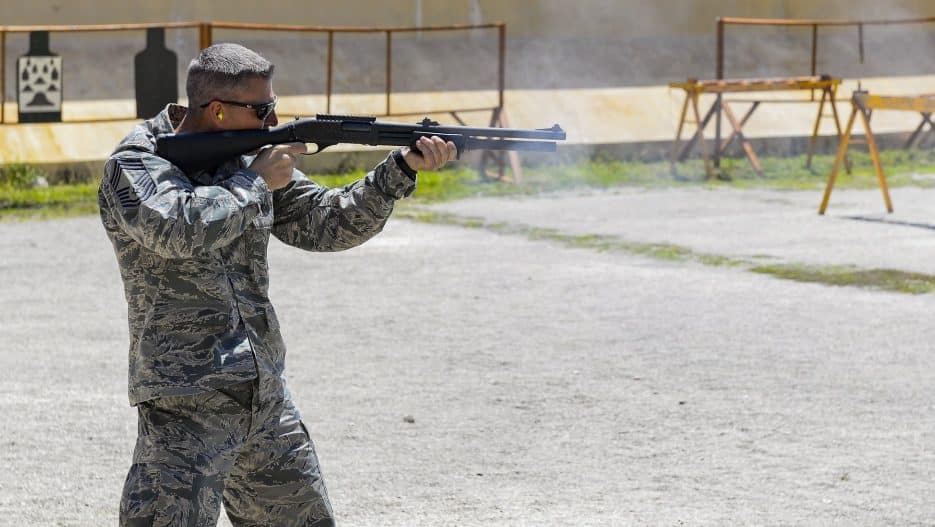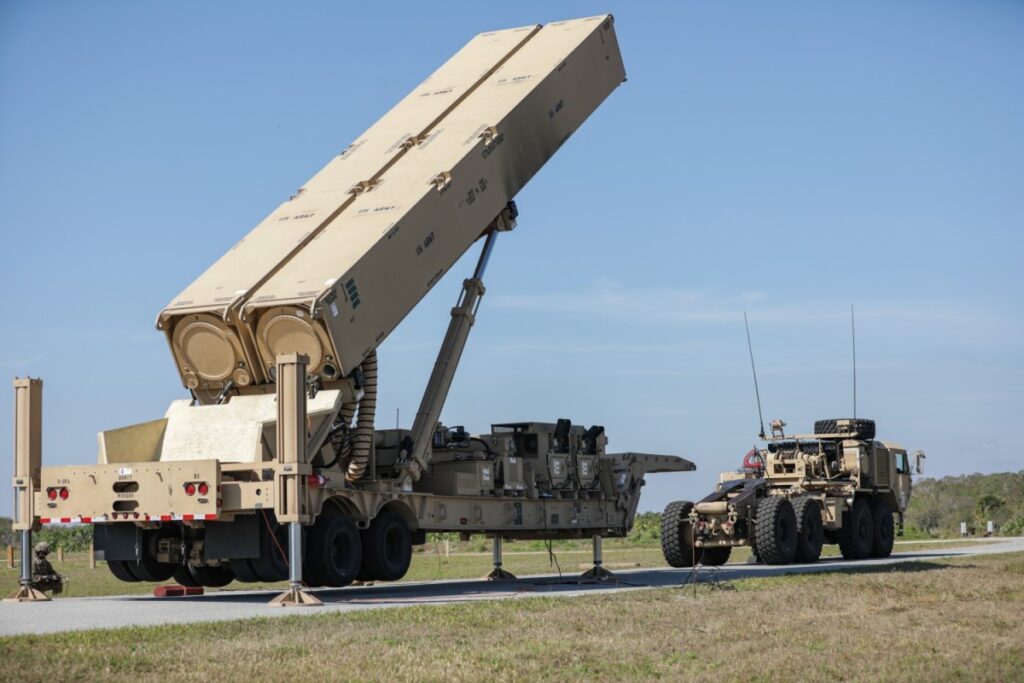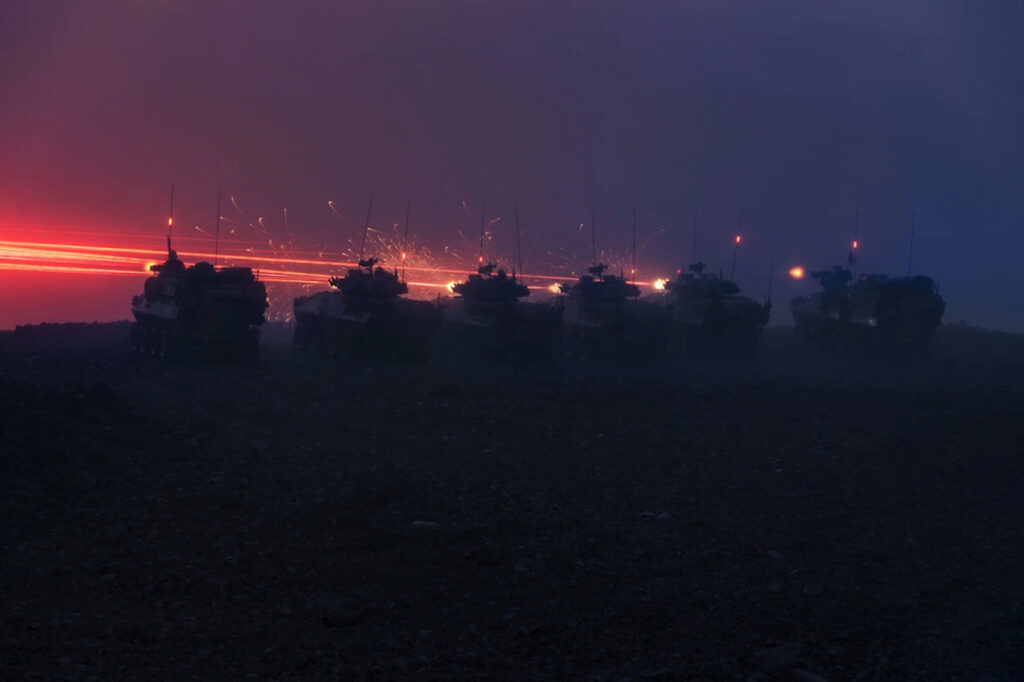The Remington 870 entered the market in 1950 and immediately hurt the pocketbooks of every other shotgun company. Remington’s shotgun changed the game, and it put the Ithaca 37, the Winchester Model 12, and every other combat shotgun on notice. The 870 is a pump-action shotgun, and in 1950 it was a space-age weapon. The 870’s construction made the firearm affordable. We got dual action bars for the first time to reduce binding and, ultimately, a modern, modular shotgun platform. That ultimately leads us to the Remington 870 MCS.
The Remington 870 MCS is a product designed around the Remington 870 for the police and military market. It’s not your dad’s goose gun by any means. The Remington 870 MCS is a tactical shotgun designed to address all the needs a tactical shotgun can fulfill. MCS stands for Modular Combat Shotgun, but it’s more than just a gun — it’s a complete weapon system.
What’s the 870 MCS
The Remington 870 MCS is a kit that uses a common receiver group to accommodate a variety of stock and barrel options and form numerous configurations of a single shotgun. Remington’s 870 MCS receiver features the trigger group, bolt, pump-action, and a three-round magazine tube. Across the top sits a Picatinny rail for optics.
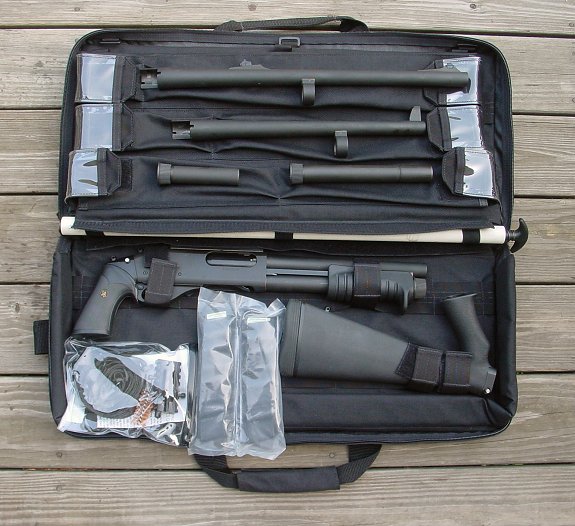
From this receiver, the user can attach one of two stock options. Shooters can pick from a pistol grip-only configuration or a modern pistol grip and stock combination. More modern 870 MCS kits feature a collapsing M4 style stock with a fixed polymer stock with older models. The kit uses the REM LOC quick-change stock system for quick upgrades.
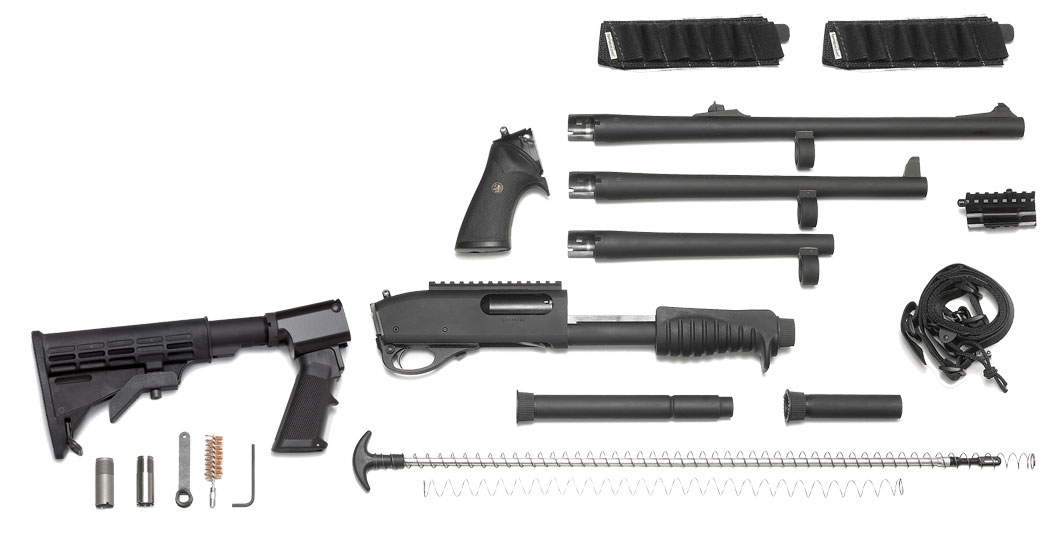
The user can customize the barrel length by picking from a 10-, 14-, or 18-inch barrel: The 10-inch barrel lacks a sighting system, the 14-inch barrel varies with either a bead or front rifle sight, and the 18-inch barrel fits a rifle front and rear sight. The 10-inch barrel uses a fixed cylinder bore choke, and the 14- and 18-inch barrels use interchangeable chokes from Remington.
Interchangeable chokes allow the user to customize the constriction to reduce the spread of shot. Additionally, slugs chokes add rifling to help improve accuracy at range, and breaching muzzle devices give stand-off room.
Related: This is why France chose the Benelli SuperNova as its new shotgun
More or less ammo
Along with the barrel, users can choose between various magazine extensions. With the 10-inch barrel, the user would use the stock magazine tube. The 14-inch barrel allows the user to use a +2 magazine extension for five rounds. The longest 18-inch barrel allows the use of a +3 extension giving the user six rounds of 12 gauge. That being said, there is no requirement to use a magazine extension.
Shooters can add the longer barrels without using the magazine extensions. It’s a nice option if you have missing or broken parts when forward deployed.

The 870 MCS comes with two elastic side saddles to keep it running. These side saddles hold seven rounds each and attach via velcro to the receiver. They allow the user to have seven additional rounds of shotgun ammo on hand for fast reloads.
Additionally, we get some nice accessories, including a rail-mounted device that attaches to the barrel and magazine tube to allow the use of accessories, including lights and lasers. Remington even tosses in a bore punch, sling, and deployment kit bag to hold it all together.
Related: Project Horizon: Nukes and shotguns on the moon
Why the 870 MCS
To understand the 870 MCS kit, you have to understand the role of a shotgun in the United States military. The purpose of a shotgun is rather varied and somewhat niche. That being said, it’s a very versatile weapon that can be used in different roles. With that said, let’s compare the three roles of the shotgun in the United States military.
Combative close-quarters combat weapon
In close-quarters fighting, the shotgun is a fight stopper. It’s extremely powerful and very capable of stopping threats at close range. It’s also arguably easier to hit moving targets with a shotgun. Depending on the situation, a shooter can configure the 870 MCS for close-quarters fighting with a stock and either the 14- or 18-inch barrel.
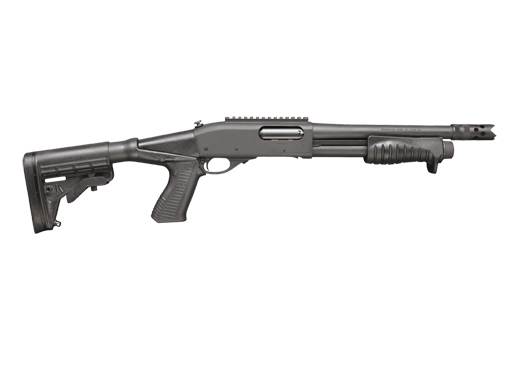
In building fighting and for fighting in and out of vehicles, the 14-inch barrel version works very well. If vehicles aren’t in play, the 18-inch barrel with rifle sights offers greater potential accuracy with the rifle sights and drastically better slug use. While somewhat larger, the higher magazine capacity can be beneficial.
Less lethal crowd control
Pump-action shotguns require a manual action on behalf of the shooter, allowing the shotgun to easily cycle less lethal munitions.
The 870 MCS would work extremely well with the 18-inch barrel and rifle sights in a less lethal scenario. These munitions require proper aiming and targeting of certain parts of the body to remain non-lethal, and a proper set of sights helps with that.
Breaching
Last but not least is breaching. Breaching with a shotgun allows a soldier to blast a lock or the hinges off a door without the danger of explosives or the weight of a breaching kit. The 870 MCS, outfitted with the 10-inch barrel and pistol grip, forms a compact breaching tool that can be holstered or stored until needed and allows the user to wield their typical rifle. Breaching doesn’t require sights or a long barrel, so the 10-inch option works exceptionally well.
Modular everything
Modular weapons rule, and it’s tough to get more modular than the 870 MCS. The 870 MCS gives soldiers and police officers a modular platform for doing what the shotgun does best. Shotguns are versatile, and the 870 MCS exemplifies that.
